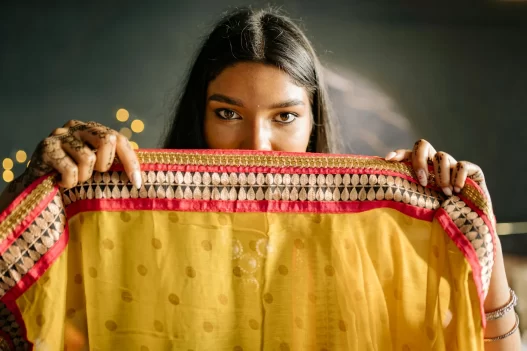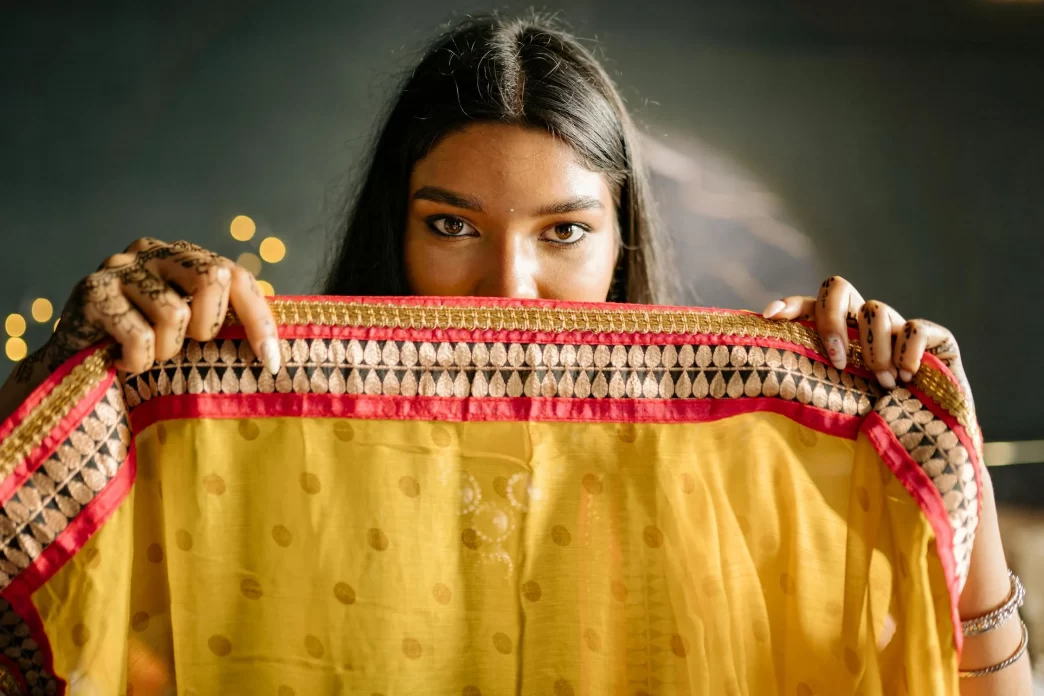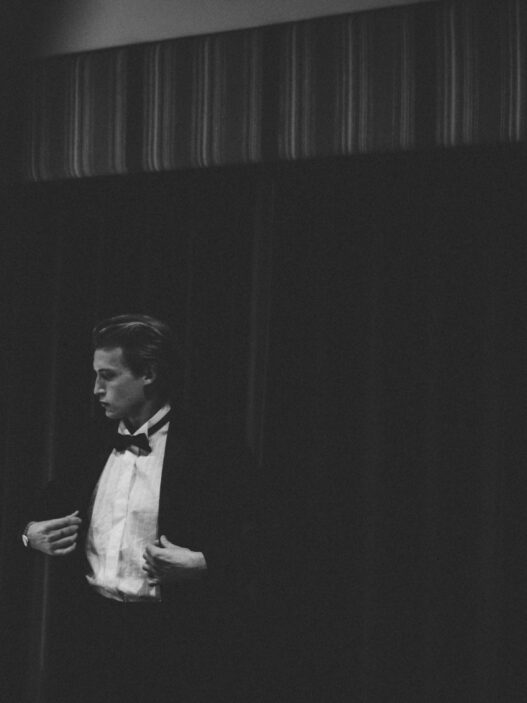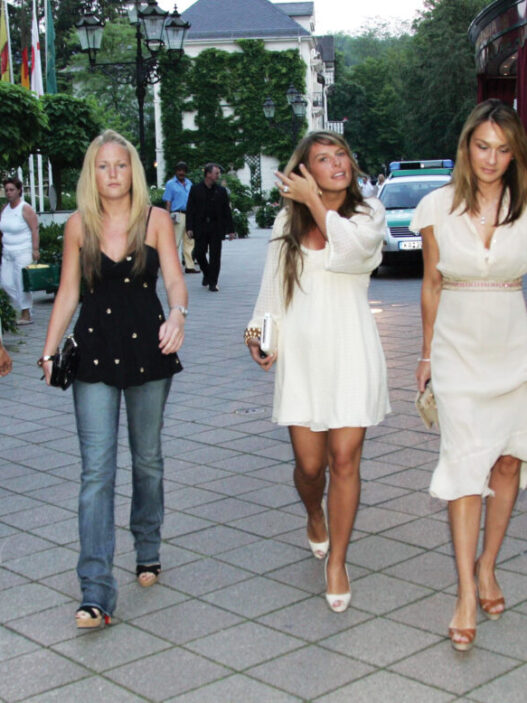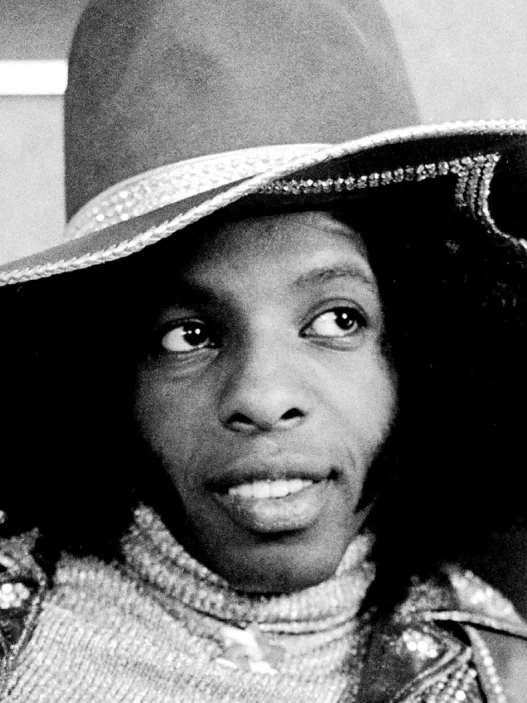Imagine seeing a beloved family heirloom, something passed down for generations, suddenly rebranded and sold with a completely different story. That’s how many people of South Asian descent feel when they see the dupatta, a garment steeped in tradition and cultural meaning, casually labelled a “Scandinavian scarf.” It’s more than just a fashion faux pas; it’s cultural appropriation of the dupatta and an erasure of heritage.
Dupatta: More Than Just a Scarf – Understanding Its Cultural Significance
The dupatta is a versatile piece of cloth, typically rectangular, worn by women across South Asia. It’s often paired with salwar kameez or lehenga choli, but its function goes far beyond simply completing an outfit. Think of it as a cultural chameleon. It can signify modesty, respect, or even celebration. In some contexts, it’s a symbol of religious piety; in others, it’s a vibrant expression of joy at a wedding. The fabric, colour, and embroidery can denote social status, regional identity, or family history. It’s a story woven into every thread.
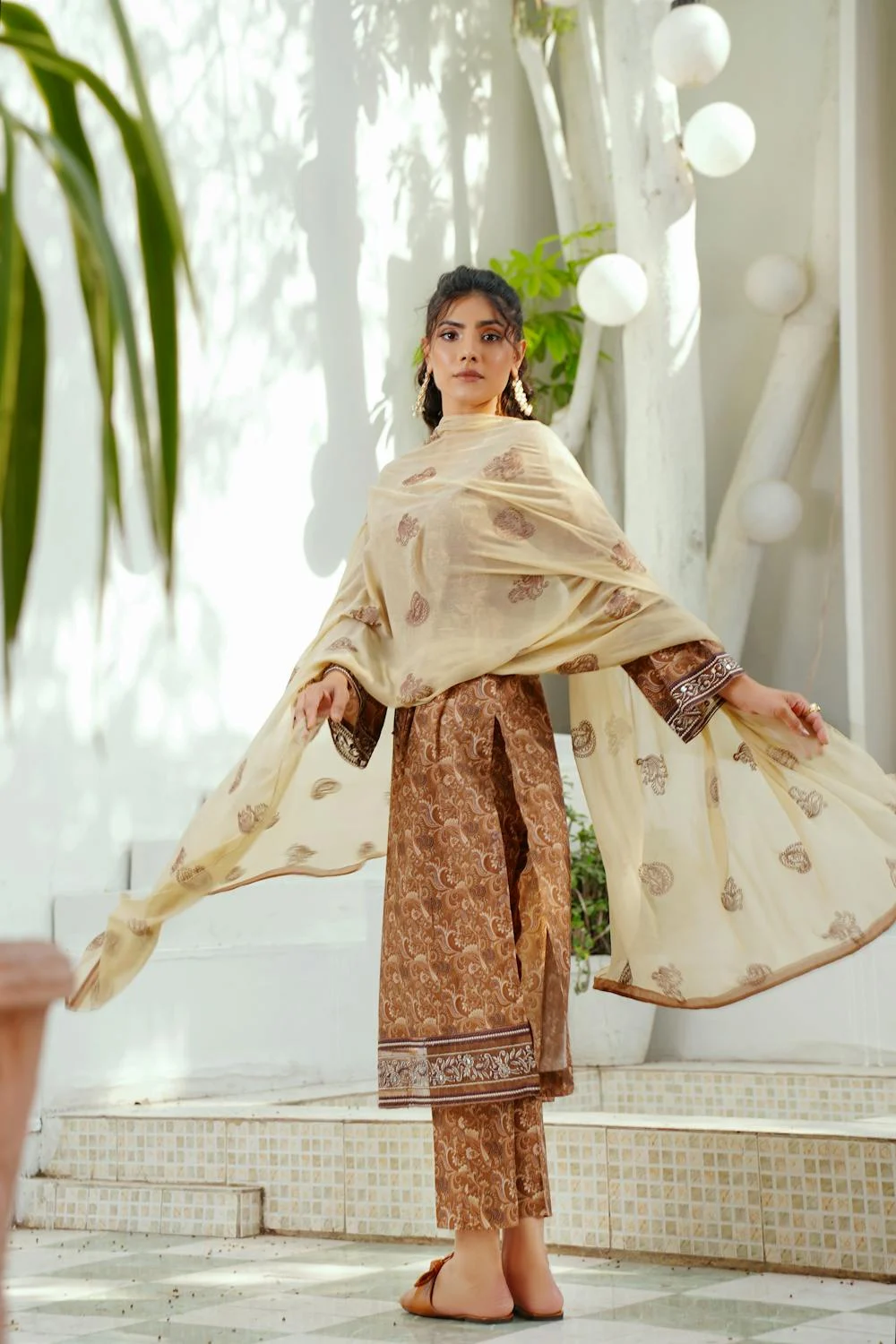
The casual observer might see a simple scarf, but the reality is far richer. To truly understand the dupatta, you must understand the history, the traditions, and the emotions tied to it.
The Problem with “Scandinavian Scarf”: Why Cultural Appropriation of Dupatta Matters
Imagine walking into a store and seeing the Eiffel Tower being marketed as “Generic Metal Structure #3.” It trivialises the history, the artistry, and the very essence of what that object represents. That’s essentially what happens when a dupatta is stripped of its cultural context and presented as something else.
While pinpointing specific brands that have explicitly labelled dupattas as “Scandinavian scarves” is difficult due to the evolving nature of online marketplaces and fast fashion trends, the underlying issue remains: the reinterpretation and commodification of cultural items without acknowledging their origins. This can manifest in various ways, such as using imagery or designs inspired by dupattas in ways that misrepresent or disrespect their cultural significance.
The problem isn’t necessarily about preventing people from wearing a dupatta. The real issue is about respect. When a garment so deeply connected to a specific culture is rebranded without recognition, it sends a message that the culture itself is unimportant. This can be particularly hurtful to communities that have historically faced marginalisation. It perpetuates the idea that cultural items are free to be taken, used, and discarded without consideration for their origins or meaning.
Dupatta Through History: A Legacy Woven in Threads of Culture
The history of the dupatta is as rich and varied as the South Asian region itself. Depictions of draped fabrics resembling the dupatta can be traced back to ancient sculptures and paintings from the Indus Valley Civilisation (c. 3300-1700 BCE). Over centuries, the dupatta evolved, influenced by different empires, religious traditions, and regional artistic styles.
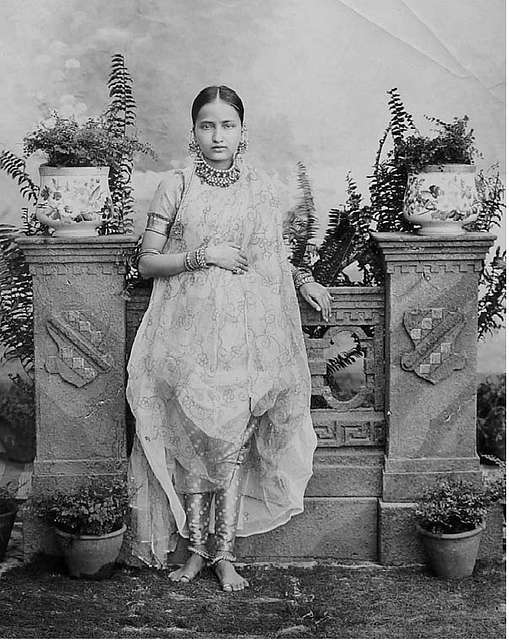
During the Mughal era, the dupatta became an integral part of aristocratic fashion, adorned with intricate embroidery and embellishments. Its significance extended beyond mere adornment, serving as a symbol of status and refinement. Regional variations emerged, with different states developing their own distinctive styles of weaving, dyeing, and embellishing dupattas. Each variation tells a unique story about the cultural heritage of its region.
Fashion’s Role: Balancing Inspiration and Cultural Respect When Designing with Dupattas
Fashion is often inspired by cultures from around the globe, and that’s not inherently negative. However, there’s a crucial difference between inspiration and appropriation. Inspiration involves acknowledging the source and paying homage to its cultural significance. Appropriation, on the other hand, involves taking elements from a culture without understanding or respecting their meaning.
For fashion designers, this means doing the work to understand the history and cultural context of the dupatta before incorporating it into their designs. Collaborating with artisans and designers from South Asian communities can be a powerful way to ensure authenticity and respect.
Reclaiming Heritage: Promoting Appreciation, Not Erasure, of the Dupatta
Moving forward, it’s crucial to promote appreciation for the dupatta in its authentic context. This means educating others about its history, cultural significance, and regional variations. Sharing stories and personal experiences related to the dupatta can help to foster a deeper understanding and respect for its importance.
Social media can play a significant role in reclaiming the narrative surrounding the dupatta. By sharing images, stories, and historical information, individuals can help to educate others and challenge misrepresentations. Supporting South Asian designers and artisans who are creating innovative and respectful interpretations of the dupatta can also contribute to preserving and promoting its cultural heritage.
Beyond Fashion: Protecting Cultural Identity and Avoiding Cultural Appropriation of Dupatta
The issue of cultural appropriation extends far beyond fashion. It touches upon issues of cultural identity, power dynamics, and representation. When cultural items are appropriated and commodified without respect, it can contribute to the erasure of cultural traditions and the marginalisation of communities.

Protecting cultural identity requires ongoing efforts to educate, advocate, and challenge misrepresentations. This includes supporting initiatives that promote cultural awareness, protecting indigenous knowledge, and ensuring that cultural items are used and interpreted in a respectful manner. By working together to promote cultural understanding and respect, we can help to create a more inclusive and equitable world where all cultures are valued and celebrated.
Ultimately, appreciating the dupatta means recognising it as more than just a piece of fabric. It’s a tangible representation of a rich cultural heritage, a symbol of identity, and a connection to generations past. Let’s celebrate its beauty and significance, not reduce it to a trendy “Scandinavian scarf.”








